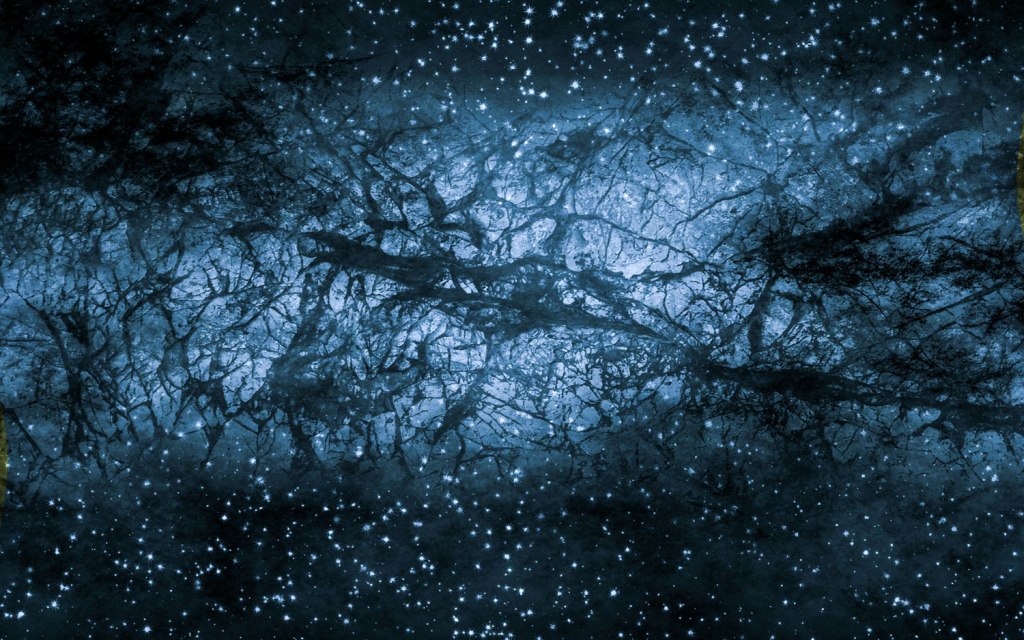Dark matter is something mysterious that exists in space and fills a big portion of the universe, but is also something nobody has ever seen.
Dark matter makes up over 80% of all matter in the universe, but scientists have never seen it.
We only assume it exists because, without it, the behavior of stars, planets and galaxies simply wouldn’t make sense.
Here is what we know about it, or rather, what we think we know. Baryonic matter or basically the matter that can be seen, consists of baryons. Baryons belong to the hadron family of particles and is the overarching name for subatomic particles such as protons, neutrons and electrons. Scientists only speculate what dark matter is made of. It could be composed of baryons but it could also be non-baryonic, that means consisting of different types of particles. overarching name for subatomic particles such as protons, neutrons and electrons. Scientists only speculate what dark matter is made of. It could be composed of baryons but it could also be non-baryonic, that means consisting of different types of particles. The lead candidate, WIMPS (weakly interacting massive particles), are believed to have ten to a hundred times the mass of a proton, but their weak interactions with “normal” matter make them difficult to detect. Neutralinos, massive hypothetical particles which are heavier and slower than neutrinos, are the foremost candidate, though they have not yet been spotted. There is also such a thing as antimatter, which is not the same as dark matter. Antimatter consists of particles that are essentially the same as visible matter particles but with opposite electrical charges. These particles are called antiprotons and positrons (or antielectrons). When antiparticles meet particles, an explosion ensues that leads to the two types of matter canceling each other out. Because we live in a universe made of matter, it is obvious that there is not that much antimatter around, otherwise, there would be nothing left. Unlike dark matter, physicists can actually manufacture anti-matter in their laboratories.
Does dark matter have mass?
There are two possible explanations:
1. There is more stuff (matter) that we don’t see with our telescopes. We call this dark matter.
2. Newton’s laws and even GR are wrong on the scale of galaxies and everything bigger. This idea is usually called modified gravity.
Does dark matter have mass?
If dark matter exists, it must have mass. Massless dark matter would not behave in ways that solve the problems that dark matter addresses.
What does dark matter do?
The two things we know for sure about dark matter (assuming it exists), is that it exerts gravity (has mass) and that it moves slowly (compared to the speed of light).
How to look for Dark Matter?
One possible method which people try is:-
Since we don’t know what dark matter is, the answer is: for every possible candidate for the dark matter there is a different strategy to search for it. People build giant detectors deep underground (to get away from all the other particles streaming through the environment around us) and look for signals of the dark matter hitting their detector after passing through the Earth overhead.
In astronomy, dark matter is a hypothetical form of matter that appears not to interact with light or the electromagnetic field. Dark matter is implied by gravitational effects which cannot be explained by general relativity unless more matter is present than can be seen.


Leave a comment